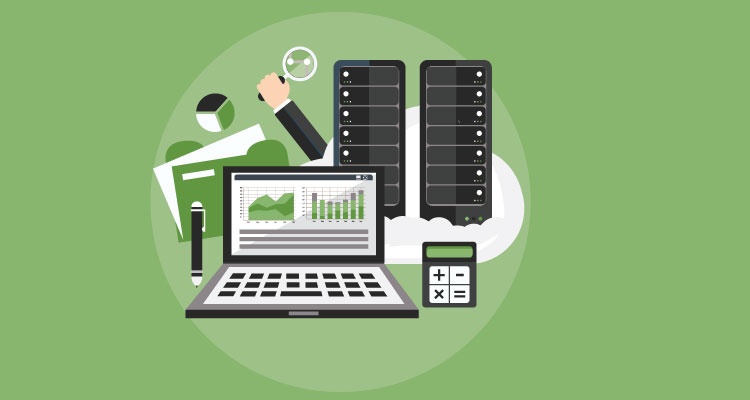At LendIt USA, CEO Scott Sanborn shared that his team at Lending Club uses a manual process to dynamically price loans. Unsurprisingly, some loans are more sought after than others, but matching the pricing with demand is a labor-intensive process. With AI and machine learning, Lending Club and other online lenders may be able to rapidly update loan pricing automatically. They do this to maximize investor yield and industry profits while ensuring virtually every loan gets funded.
Table of Contents
ToggleThe Manual Practice of Pricing Loans
Lending Club and other social lenders use credit models to price their loans. Lending Club, the dominant player in the peer-to-peer lending industry, grades loans from A to G, corresponding to interest rates from 5.32% to 30.99%. While this model is widely accepted and similar systems are used for virtually all lending, it has its flaws.
At Lending Club, a marketplace where both individuals like you and me and large scale institutional investors can buy a portion of each loan, some loans are quickly funded in a few minutes while others expire without raising the full funding goal. This demonstrates that even using the complex credit models, some loans are underpriced and funded too quickly and some are overpriced and don’t get funded at all. This leads to an opportunity to increase yields for lenders and the platform, while ensuring each borrower is funded.
Lending Club has a team that manually adjusts some loan pricing to better match loans to demand. However, that is an expensive endeavor and leads to results far from perfection. The staff has to be paid, and humans can make intelligent decisions. Still, it is impossible for a human to aggregate multiple market data points and dynamically re=price loans. This is where machine learning has an opportunity to make a huge difference.
Applying the Airline Model to Finance
When you get on a plane, odds are that almost everyone paid a different price for their seat. The airline industry is known for matching ticket prices with demand. If you buy a ticket far in advance on a popular route, Tuesday mornings you’ll pay a lower price. If you wait until the day before or fly from a small airport, you’ll pay significantly more. While we all accept this from the airline industry, FinTech may be able to apply similar logic to lending.
Airlines use complex algorithms to determine seat prices. However, machine learning is used to better understand how people are interacting and purchasing. Rather than just increasing prices as the flight date gets closer, a computer could look for purchase trends and dynamically adjust prices on its own rather than leaning on a pre-determined schedule based on a series of inputs.
If this same logic were applied to a lending marketplace like Lending Club, it could look at trends, loan availability across multiple platforms, risk factors, and current interest rates across multiple lending marketplaces to best price loans. This ensures the best results for lenders and borrowers, as every loan would be funded and yields would be optimally set.
The Potential Impacts of Machine Learning
Machine learning has the potential to go far beyond marketplace lending and airlines. Virtually every financial product and every marketplace could be driven by machine learning. Uber, Airbnb, hotel rooms, and cruises could see dynamic pricing thanks to machine learning. The travel industry could be revolutionized by setting prices to fill inventory. That’s just the beginning.
Any industry that has inventory to fill or a marketplace system matching buyers to products could see dynamic pricing set by artificial intelligence. AI could even go so far as to look at your personal or business finances and offer the best products and services to help you reach your goals. This technology isn’t a pipedream for the future, it is already here and gets better every day.
Artificial Intelligence is the Future of Finance
There is no one-size-fits-all solution for financial products. The staff needed to custom tailor each service is cost prohibitive for all but the top customers at the biggest financial institutions, private banking clients for example. But with machine learning, every customer could have a private banking experience.
The future of finance is going to be filled with innovation, new technologies, and better results for clients. The future of finance is exciting, filled with new products, innovations, and experiences.














